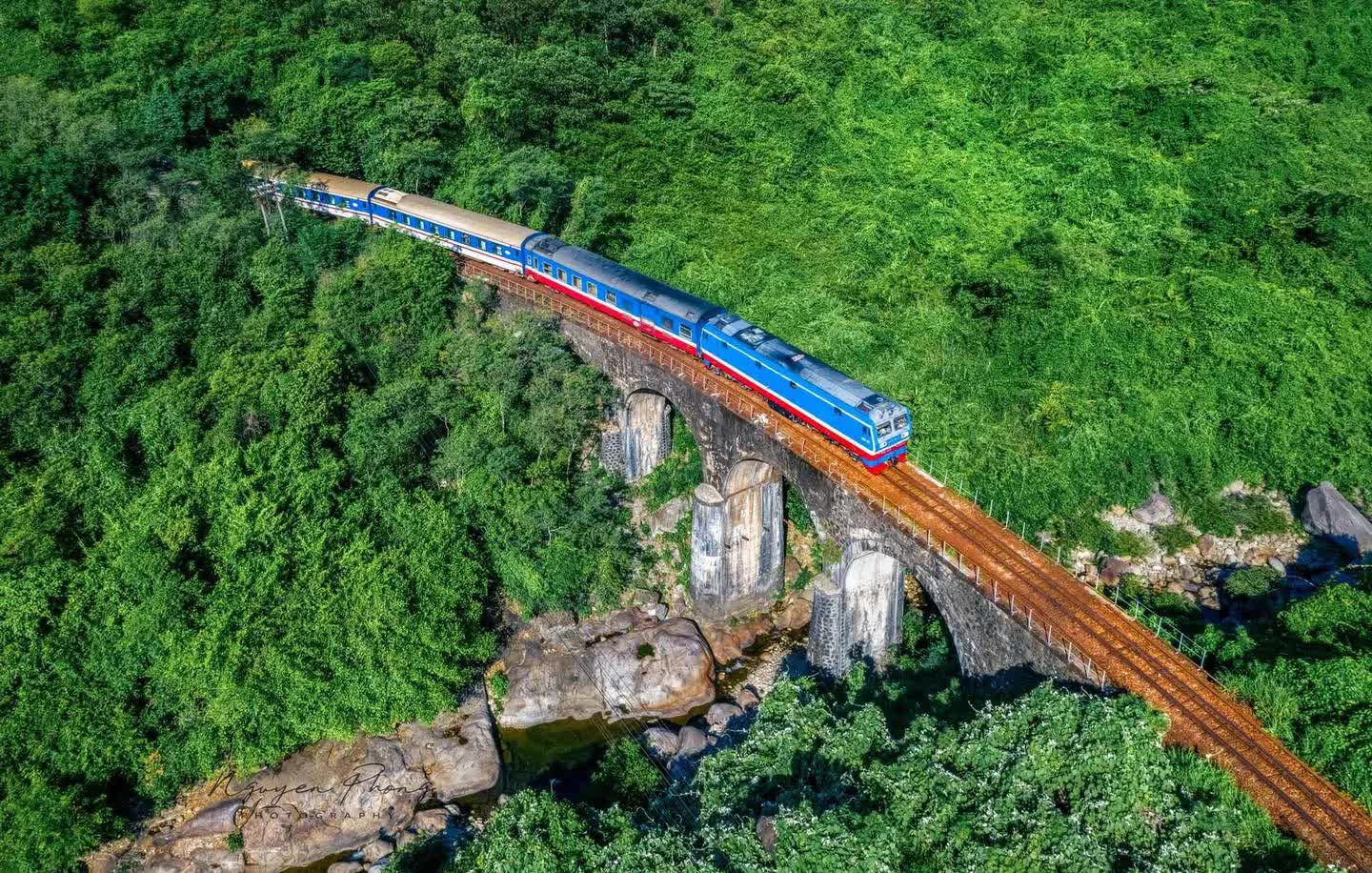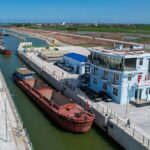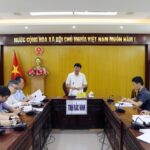A recent report by the Ministry of Transport highlights the significant developments in Vietnam’s transport infrastructure. The report, released in late August, notes that the country now boasts over 24,300 km of national highways, 2,000 km of expressways, 6,800 km of inland waterways, 2,640 km of national railways, 298 ports, and 22 airports, in addition to several large-scale and important projects currently underway.
However, the report also acknowledges an imbalance in the transport infrastructure development across different modes of transportation. While significant progress has been made in road infrastructure, with a focus on expressways, similar attention has not been given to rail, inland waterways, and maritime and aviation sectors.
The railway system, despite its advantages in terms of bulk transportation, speed, safety, convenience, and environmental friendliness, has lagged in terms of investment and modernization. The slow progress of urban rail systems has also failed to alleviate congestion and environmental issues in major cities. Additionally, the potential of inland waterways in advantageous areas remains untapped.

Image: VNR
Recognizing the benefits of rail transportation, the Ministry of Transport is prioritizing investments in this sector. This includes the development of a high-speed rail network connecting the north and south of the country, accelerating urban rail projects in Hanoi and Ho Chi Minh City to reduce traffic congestion, and integrating these urban networks with the high-speed rail system to provide convenient passenger transportation nationwide.
Other plans involve constructing new rail lines and electrifying existing ones to connect major ports and airports, as well as upgrading and modernizing the current rail infrastructure. The estimated investment required for the rail sector alone is approximately USD 151.2 billion by 2030 and USD 312 billion by 2050.
To realize these ambitious transportation infrastructure projects, the Investment Planning Department has proposed several key solutions to mobilize resources and attract investments. These include reviewing and amending legal documents, streamlining administrative procedures, and developing mechanisms to enhance decentralization and empower local authorities in investment decisions.
The Ministry of Transport is also committed to optimizing the allocation of state budget funds, prioritizing transportation projects that lack potential for capital recovery or face challenges in attracting investments from other economic sectors. Additionally, they aim to maximize the mobilization of capital from various economic components, offering attractive investment incentives, and continue to effectively utilize ODA and preferential loans from international donors for large-scale projects.
The Ministry is also working on publishing a list of infrastructure development projects that are open for investment through PPP models and foreign investment, covering the period until 2030 and beyond.
The Road to Redemption: Uncovering the 7.7 Trillion VND Rescue Route Left Idle for 12 Years
The Phong Dien – Dien Loc rescue route is a transportation infrastructure project with one of the longest construction times in Thua Thien-Hue, spanning over 12 years. As the project nears its final stage, it is poised to make a significant impact on the region’s accessibility and emergency response capabilities.
Unleashing Bac Ninh’s Potential: Navigating Obstacles in Transportation Public-Private Partnerships
The People’s Committee of Bac Ninh province has instructed its departments and sectors to strictly adhere to the conclusions outlined in the Official Dispatch No. 121, dated October 31, 2023, regarding addressing challenges and obstacles faced by Build-Transfer (BT) projects and corresponding investment ventures. The committee has also urged investors to conduct a comprehensive review and provide detailed reports on any difficulties or impediments they encounter. These reports will be used by the provincial authorities to assign specialized agencies to resolve these issues and ensure the timely progress of the projects.




















